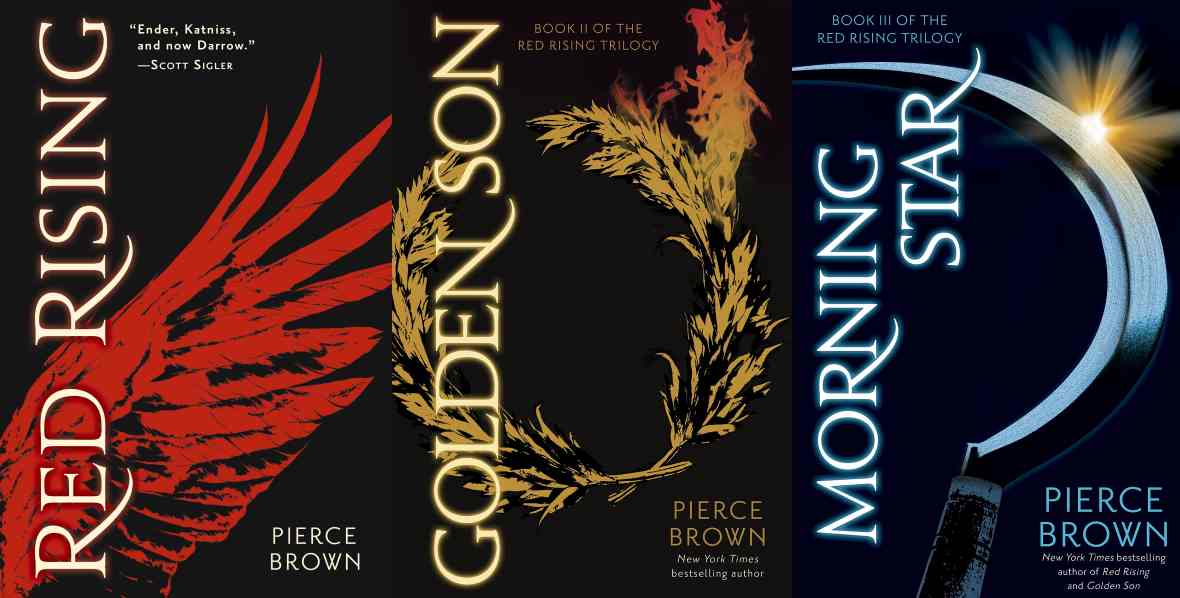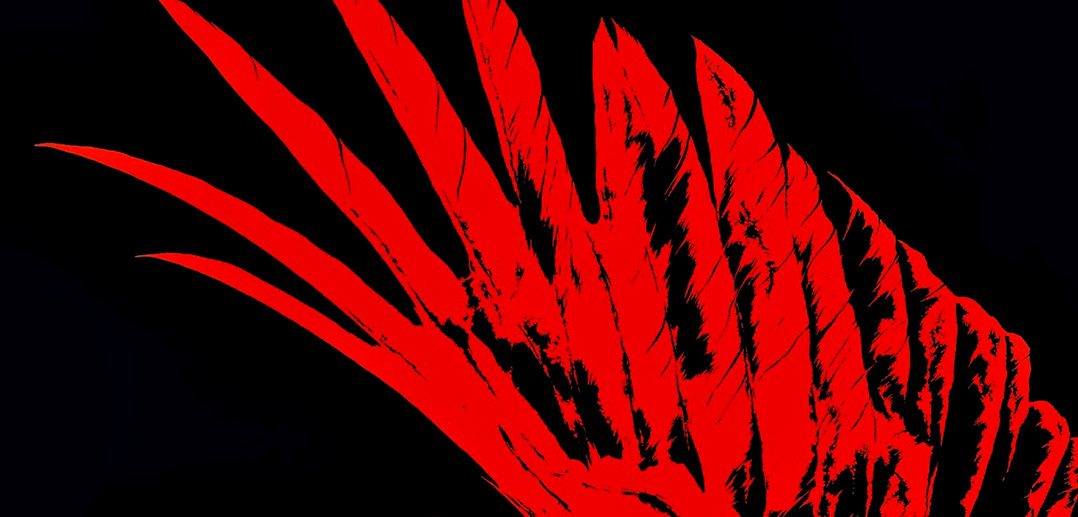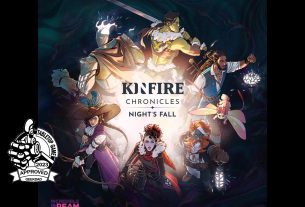 Pierce Brown’s Red Rising trilogy is the best series of books I’ve read in quite some time. It’s an uncanny blend of The Hunger Games, Kim Stanley Robinson’s Mars Trilogy, and a Machiavellian political thriller. It’s a book that stands tall above the rest of the burgeoning Young Adult dystopian fiction market.
Pierce Brown’s Red Rising trilogy is the best series of books I’ve read in quite some time. It’s an uncanny blend of The Hunger Games, Kim Stanley Robinson’s Mars Trilogy, and a Machiavellian political thriller. It’s a book that stands tall above the rest of the burgeoning Young Adult dystopian fiction market.
The first book in the series, Red Rising, opens deep beneath the surface of Mars. Darrow is a “Red,” one of the lower orders of human. He is a Helldiver, a miner of vital ores, who risks life and limb for his “Gold” masters.
Like many dystopian novels, society in Red Rising is banded, this time into a color spectrum. Unlike The Hunger Games, where this zoning is apparently arbitrary and an unrealistic way of organizing society, Pierce Brown’s method of eugenic stratification is plausible. If you were inclined to organize a spirit-crushing dictatorship, with yourself at the top, you might just do it this way, and it might just work.
Reds sit at the bottom of the rainbow. They are the miners that produce the vital materials that allow the rest of humanity to thrive on Mars. Above them are the Browns – skilled servants, Violets – the creative class, Green – technology developers, Yellows – doctors and scientists, and Blues – pilots and navigators of starships. Off to one side of this hierarchy are the Obsidians and Pinks, the former a fearsome race bred for war, the latter, designed for the physical arts of pleasure.
Above everything sit the metal colours. Silvers – businessmen and innovators, the Whites – priests, and the Coppers – lawyers and bureaucrats. Sitting at the chromatic pinnacle are the Golds – the “fiercely intelligent rulers of humanity.” They are bred for perfection and reside above the rest of humanity like Gods.
When the first colonists ventured forth from Earth to make their home on the moon, they created a hierarchy through genetic and surgical manipulation of their fellow man. The result was a color-coded Society of perfect efficiency, one dominated by a superior breed of humanity, the Golds
When Darrow becomes embroiled in the sparks of a revolution, he is hanged for treason. Afterwards, he is surprised to wake up alive, and shocked to discover he is to be the focus of an audacious plot to restore parity to the factions of humanity. He has been chosen by the mysterious “Sons of Ares,” a terrorist cell that wishes to eradicate the color differentiation. Their plan is to convert base, earthen Red into Gold and then send Darrow to infiltrate his masters.

The bulk of Red Rising deals with Darrow’s conversion into a Gold, and his battling through a series of trials designed to find the best of the best. If he wins, he’ll be admitted into the Gold’s elite, where he will have real influence, enough to bring the regime down from within. The details of these trials are what give the book a feel of The Hunger Games, but this is a grittier read than Suzanne Collins’ best seller. Red Rising is much more reminiscent of Koushun Takami’s classic Battle Royale.
The second two books in the series take us beyond Hunger Games scenarios. It’s difficult to say too much about them without spoiling the end of Red Rising. The scope of Golden Son and Morning Star is wider than that of the first volume. The fight is taken across the entire Solar System, in huge spaceships, with godlike humans encased in high-tech, almost impenetrable armored suits. It was hard not read the books without imagining how great a Red Rising game with models made by Games Workshop would be.
That said, the books are about a great deal more than war. The cast of characters is impressive and the interplay between them excellent. Survivors from book 1 are now in positions of influence in the wider world. Old Alliances are reforged while enemies find themselves pitched against one another once more. Friendships are made, broken, and made again. Political expediency often trumps all.
The Red Rising trilogy enthralls from start to finish. The later two volumes are quite different from the first, and the series keeps getting better and better. Crossing, double crossing, and hidden agendas abound across all three books, and they’re the sort of thing that makes you seethe with hatred for the characters in the story. Powerful stuff indeed.
Not only do the books propose some interesting ideas about the future of technology and our exploration of the Solar System, they also examine race, prejudice, trust, and the idea of a “Greater Good.” Like many dystopian tales, Red Rising asks “Who watches the Watchmen?”, and provides gentle food for thought for those of us who live in a world run by a political elite who think they know what’s best for us.
As I said at the opening of this review. The Red Rising trilogy is one of the best series I’ve read in some time. It opens strongly and continues to get better and better, right up to its thrilling, shock-filled conclusion. Highly Recommended.
I received review copies of all three books of the Red Rising trilogy from Hodder UK and their team at Hodderscape.





Started Red Rising via Audible. It’s read by the incredibly good Tim Gerard Reynolds (TGR), but a few hours into it, I can tell you the editor/producer of the audiobook just isn’t very good. Long awkward pauses break the flow of the story. Still, pretty enthralling story, and TGR is delivering it superbly.